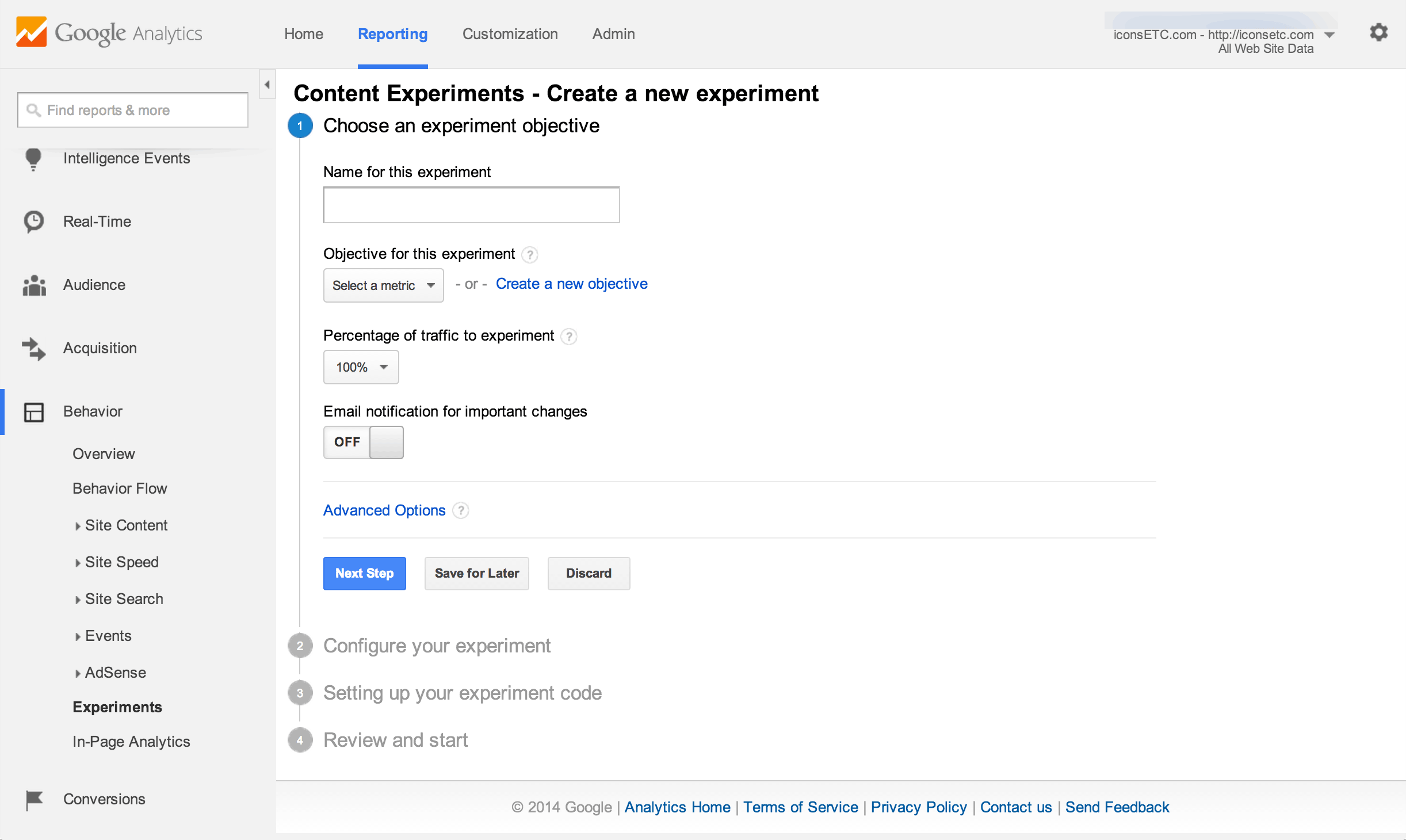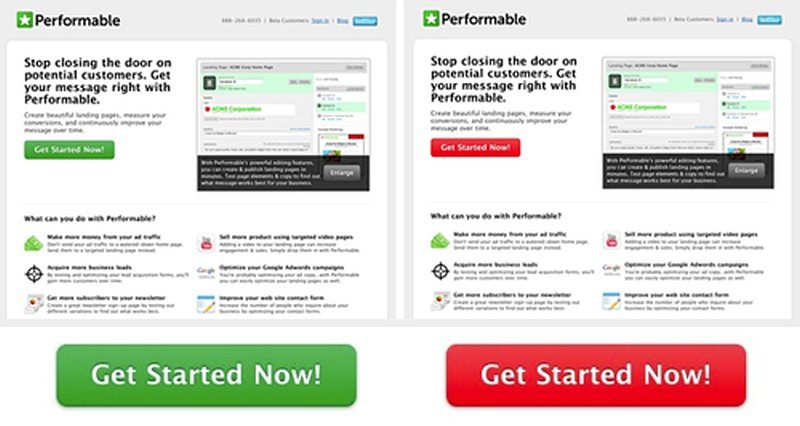Conversion rate is one of the most important metrics for every eCommerce store. Calculating it is one thing, but knowing how to improve it is what will make your business prosper. In one of our previous articles we explored average eCommerce conversion rates and provided a few general guidelines on improving your website’s conversions. Now we’ll take a closer look at what can be done to boost conversion rates.
Run Split Tests
Split tests, also known as A/B tests allow you to send visitors to multiple variations of a landing or checkout page to learn which one works better. If you haven’t run them yet, it’s time you start as they provide the most powerful insight into the behavior of your visitors and serve as a credible source of information for further website improvements. There are quite a few tools that allow split testing; some of them even have a built-in website designer so you can test multiple variations of copy and CTA buttons. You can also run simple split tests with Google Analytics but you’ll need to draw up separate variation pages first. Just go to “Experiments” section. But before you start don’t forget to set up “Goals.”

If you use other A/B testing software don’t forget to run A/A tests first. That means you shouldn’t rely on the accuracy of A/B test results before you check how your system performs without variations. It’s also recommended to run split tests for at least a week as visitors’ behavior may vary depending on the day of the week.
Simplify Your Checkout Page
The less information you ask on checkout the better. In some cases your visitors won’t have time to fill in a complicated checkout form. Some of them might not be willing to provide too much personal information. You need to overview your checkout page carefully and leave only the fields that provide essential information for your business. Remember, with every extra step the user has to take to complete the purchase the risks of cart abandonment increase. Even a small thing like asking visitors to choose a credit card type can complicate the process. It can be easily avoided by adding an algorithm to your checkout page that will automatically determine the payment system upon entering the first digit of the card number.
Don’t Force Customers to Sign Up
A whooping 25% of customers will abandon a cart if forced to sign up, according to eConsultancy. That means that if you’re still asking your visitors to create an account before buying you’re missing out on a lot of potential purchases. Allow guest checkout. A textbook case study highlighting how users hate to sign up when trying to buy was conducted by User Interface Engineering. They increased the revenue by $300 million by simply replacing the wording of the CTA button from “Register” to “Continue.”
Pay Attention to Color
It’s not only the wording of CTA buttons that matters but their color as well. Which is better for conversions – green, red, or blue – has been a source of ongoing debate among online marketers ever since eCommerce appeared. Neither color is inherently better. There’s obviously no winning formula here, but it’s worth testing multiple color variations as researches prove color can make a difference. A test of Performable’s website, conducted by Hubspot, revealed that red CTA button had 21% more conversions than the green one.

This doesn’t mean you should change all your CTA buttons to red, but it’s definitely worth testing multiple variations to find out the one that performs best.
Include Contact Details
That might sound like a no-brainer, but many websites fail to capitalize on the importance of providing contact details. The more information on your business you include (address, phone number, email (preferably personalized), and map), the more credible your website will look. The importance of credibility should not be underestimated, especially in online business where there’s no face-to-face contact. Posting photos of your office or your team members also helps in showing that there’s a real organization, not a “noname shop” behind your website.
Limit the Choice Options
In his book “The Paradox of Choice” Barry Schwartz explores how the abundance of choice option can lead to decision-making paralysis. Don’t overwhelm your customers with choices, as the more options you give them the higher the chances are of them choosing nothing. Your visitors should be able to identify the best choice without going into much detail and spending too much time on your website. Make the best choice the most obvious one, and build better filters especially if your store has a wide variety of items.
Include Videos
Some people perceive visual information better than text. Including videos on the main page or the sales page has for long been one of the main tips you could hear from many online marketing gurus. Indeed, sometimes videos help in boosting conversions, but that’s not always the case. For example, a study by Digital Marketer found that the text-only version of a landing page worked twice as good as the one with video embedded. Jason Fladlien concluded that videos only helped increase conversions of products that cost above $479. So you should definitely run A/B tests. Another guideline on embedding videos implies that you should include a written script, as not everyone will watch the video. Avoiding Adobe Flash players is also important as they simply won’t load on Apple devices.
Offer Free Shipping
Various studies have shown that free shipping is one of the strongest motivations for committing a purchase. A research by ComScore concluded that as many as 61% of customers would abandon a cart if not offered this option. Another study by eConsultancy revealed free shipping to be the most popular motivation for purchasing among 80% of US consumers and 82% of customers in the UK. Providing this option on checkout will give you an advantage over competitors. If you can’t afford to offer free shipping to all your customers at least provide it to those who reach a certain order sum.
Go Mobile
In our previous posts we’ve already written that having your website optimized for mobile devices is not only good for SEO but also helps in increasing sales. According to PYMNTS 1 of every 3 shoppers uses mobile phones to complete purchases online. And the vast majority of them will leave your website if doesn’t load properly. That’s why if you don’t have a mobile version of a website or if your design isn’t responsive (adaptive to various screen sizes) – you’re missing out on a lot of potential customers. Read this post to learn a few tips on mobile-friendliness.
Build Trust
As stated before, trust is vital to online businesses. Adding user reviews or a simple security seal can significantly boost your conversions. Include testimonials and try to use images of your customers showing the benefits of your product in action. Sometimes even such minor changes as adding Norton, TRUSTe, or Symantec’s trust badges can make a huge difference.
One Reply to “How to Boost Your Conversions”